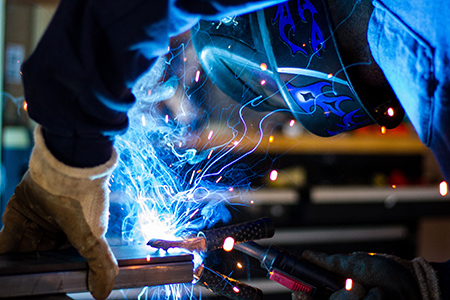Company News
What is the motor started?
Add Date: 2019/6/4 Views: 5752
DC:Many commonly used DC motor classifications are: permanent magnet, series pole, self-excited, iterative and compound excitation. The basic structure of the motor is an electrical system consisting of a stator coil that generates a magnetic field and an armature coil and a commutator on the rotor that produces the power.
The stator coil is also called excitation after energization (except for permanent magnet motor), which generates electromagnetic fields of N and S poles. The armature coil of the rotor acquires current through the commutator, and the energized conductor generates magnetic force in the magnetic field, according to the left hand. The rule knows the direction of its force, which drives the rotor to rotate and applies a direct current of different polarity to the two active sides of the armature coil through the commutator to make the motor run continuously.
AC motor: It can be divided into asynchronous motor (single-phase motor, three-phase squirrel cage and three-phase wound motor) and synchronous motor.
The main structure of the asynchronous motor is the stator and rotor windings (the squirrel cage is the squirrel cage inside the rotor core, the winding type is the winding coil inside the rotor core). The starting principle is that the energized stator coil generates an alternating electromagnetic field, which is closed. The stator coil generates an induced current by cutting a magnet wire, and the induced current cuts the magnetic field line in the closed conductor to generate an electromagnetic force to drive the rotor of the motor to rotate, thereby converting the electrical energy into mechanical energy.
The synchronous motor is started. The main structure of the synchronous motor is the excitation coil and the damping ring on the stator coil and the rotor, and the conductive collector ring. The synchronous motor has no starting torque. It is synchronously started synchronously, that is, the damper ring on the rotor of the motor (corresponding to the squirrel cage of the asynchronous motor) is used to generate the starting torque. When the motor is dragged to the sub-synchronous speed, A DC excitation current is applied to the exciting coil to cause the magnetic pole of the rotor to attract the magnetic pole of the stator coil to operate the motor.





